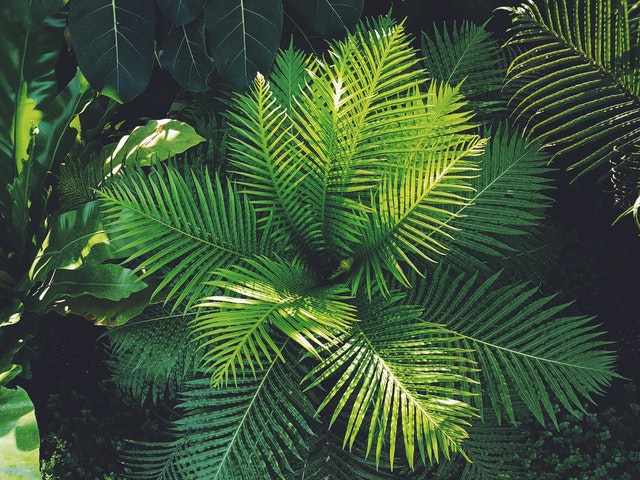Cypresses are stunning and versatile trees that can be found in many different parts of the world. In this blog post, we will explore what makes this tree so special and why it is such an important part of many cultures. From its use in construction to its place in mythology, the cypress has a long and storied history. Keep reading to learn more about this incredible tree and why it is so revered by many.
What are cypresses?
Cypress trees are some of the oldest and most popular trees in the world. They are native to countries like China, Japan, and Korea. Cypress trees can grow up to 150 feet tall and live for hundreds of years.
Cypress trees are known for their unique cone-shaped leaves and distinctive bark. The bark is often used in traditional medicine. The cones are an important food source for many animals, including birds and squirrels.
Cypress trees are also popular in landscaping. They can provide shade and privacy, as well as being ornamental.
What are the different types of cypresses?
There are many different types of cypress trees, including:
The Leyland cypress is a fast-growing tree that can reach up to 60 feet tall. It is popular in landscaping and is often used as a privacy screen or windbreak.
The Arizona cypress is a native tree that can grow up to 100 feet tall. It has blue-green leaves and is often used in landscaping.
The Italian cypress is a narrow tree that can grow up to 80 feet tall. It is native to the Mediterranean region and is often used as an ornamental tree.
Where do cypresses grow?
Cypresses are native to the Mediterranean region, which includes parts of Europe, Asia, and Africa. They grow in a variety of habitats, including mountains, valleys, forests, and coastal areas. Cypresses are also found in North and South America and Australia.
What is the wood of the cypress used for?
Cypress wood is prized for its beauty, durability, and resistance to rot and insects. It is often used in boatbuilding, exterior trim, fencing, and furniture. Cypress is also a popular choice for decking and siding because it weathers well and has a natural resistance to rot and decay.
